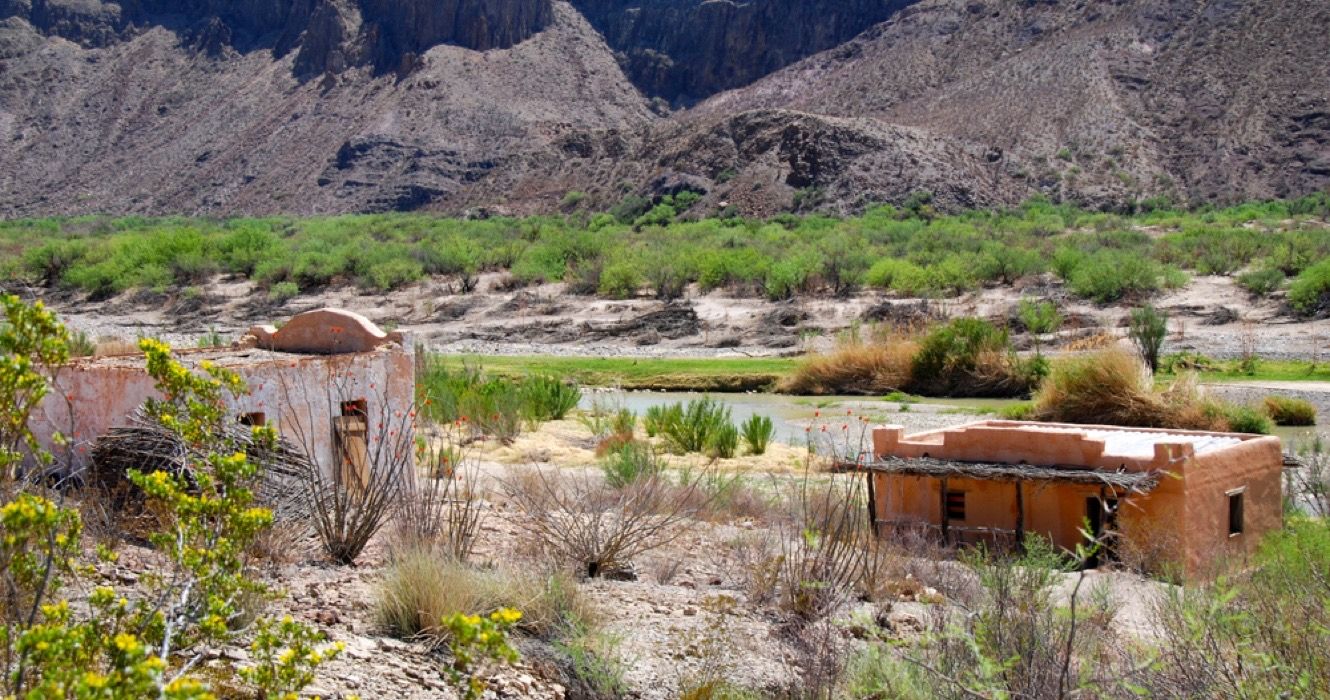Some tourists have the curiosity and courage to explore and tour haunted places; they will not be disappointed in the USA, where it is possible to get a glimpse of life in the past by visiting ghost towns, haunted bridges, and spooky buildings. These places are not necessarily Wild West communities with saloon doors swinging open and shut; rather, they are more contemporary locations where some spirits got stuck for whatever reason. Visitors get to go around and ponder these enigmatic lives and the reasons why individuals left. Dishes may still be on the table, and furniture may still be in good condition as if the previous occupants had simply strolled off. People can bring their cameras to capture the ghostly spaces that were previously occupied by people going about their bustling lives. Occasionally, as the name implies, they can run upon a ghost who is still reflecting on their awful misfortune. Vacationers may explore Texas' extensive paranormal heritage, which includes anything from ancient hotels to well-known sites. They can also visit plenty of small towns that were booming, and they are just ghost towns like Lajitas.
How Did Blooming Lajitas Become A Ghost Town?
Southwest Brewster County's Lajitas is located on the western border of Big Bend National Park. It is nestled in the southernmost tip of the Rocky Mountains, above the Rio Grande, at the San Carlos ford of the historic Comanche Trail, in the northern portion of the Chihuahuan Desert. Lajitas, which means small flat rocks in Spanish, is the local name for the Boquillas limestone. Before the arrival of the Spanish, the area had been sparsely populated by semi-nomadic peoples linked to the Jumanos and Patarabueyes tribes. Later, when the horse was assimilated into Apache and Comanche culture, these nomadic tribes began to visit the region, prompting the Spanish to build a number of military colonies and Presidios.
At the end of the 19th century, Quicksilver was found in Terlingua, 12 miles (19.3 km) from Lajitas, attracting a large influx of people. In northern Chihuahua and Coahuila, a number of cattle ranches and mining operations sprung up around the same period. Due to the growing trade over the Rio Grande into Texas, Lajitas was classified as a substation port of entry by 1900. Between 1902 and 1977, the ownership of the land kept changing. Meanwhile, the village featured a store, a post office, a tavern, a school with 50 students, a wax company, and a custom house due to farming along the river's constrained floodplain. Unfortunately, after the Terlingua mines shut down, only four persons remained in Lajitas.
The town was remodeled by Arrow Development Company into a resort in the 1980s, with 50 permanent inhabitants, the majority of whom worked at one of the two hotels, a restaurant, or a golf course. Lajitas and Paso Lajitas had more than 200 residents by the late 1990s. Steve Smith, an Austin developer, and entrepreneur, purchased the town and surrounding 25,000 acres (101.17 Km2) in 2000 and totally rebuilt it to create an exclusive high-end resort for the jet set.
That initiative ran out of money and steam in 2007, so a group of investors acquired the land, slashed the costs in half, and now offer tourists to Texas Big Bend an affordable yet luxurious atmosphere.
- Lajitas attractions: Tourists can enjoy a zipline tour, visit the Closed Canyon, hike the Hoodoos trail, see the abandoned Contrabando Movie Set, camp in an RV, and play golf or other activities, including horse riding.
How To Get To Lajitas, Texas?
Tourists can head to the airport in Midland, which is the nearest and is about a 4-hour drive from Lajitas, or they can go to the second-closest airport to the town, which is situated in El Paso. Both airports provide taxi rentals to get to their destination, or Lajitas’ visitors can request a car from the resort. If coming from Austin and San Antonio, tourists can opt for train service to Alpine, which is roughly 90 miles (144 Km) from Lajitas and is provided by Amtrak 3 times each week. Vacationers can also choose to come by car from Odessa to Midland.
This 245-mile (394.28 Km) road trip will take them through several interstate highways and roads: starting with IH-20 west to Monahans, then Highway 18 South, FM 1776, IH-10 West, and US-67 South, later SH-118 South in Alpine, to finish by taking FM 170 and traveling another 14 miles (22.5 Km) to Lajitas. Tourists coming from El Paso will have to travel around 300 miles (482.8 Km). Their journey will begin by driving 118 miles (189.9 Km) east on IH-10 to Van Horn, then 78 miles (125.5 Km) through Marfa on US-90 to end up on SH-118 South in Alpine, where both roads meet and lead the same way to Lajitas.

